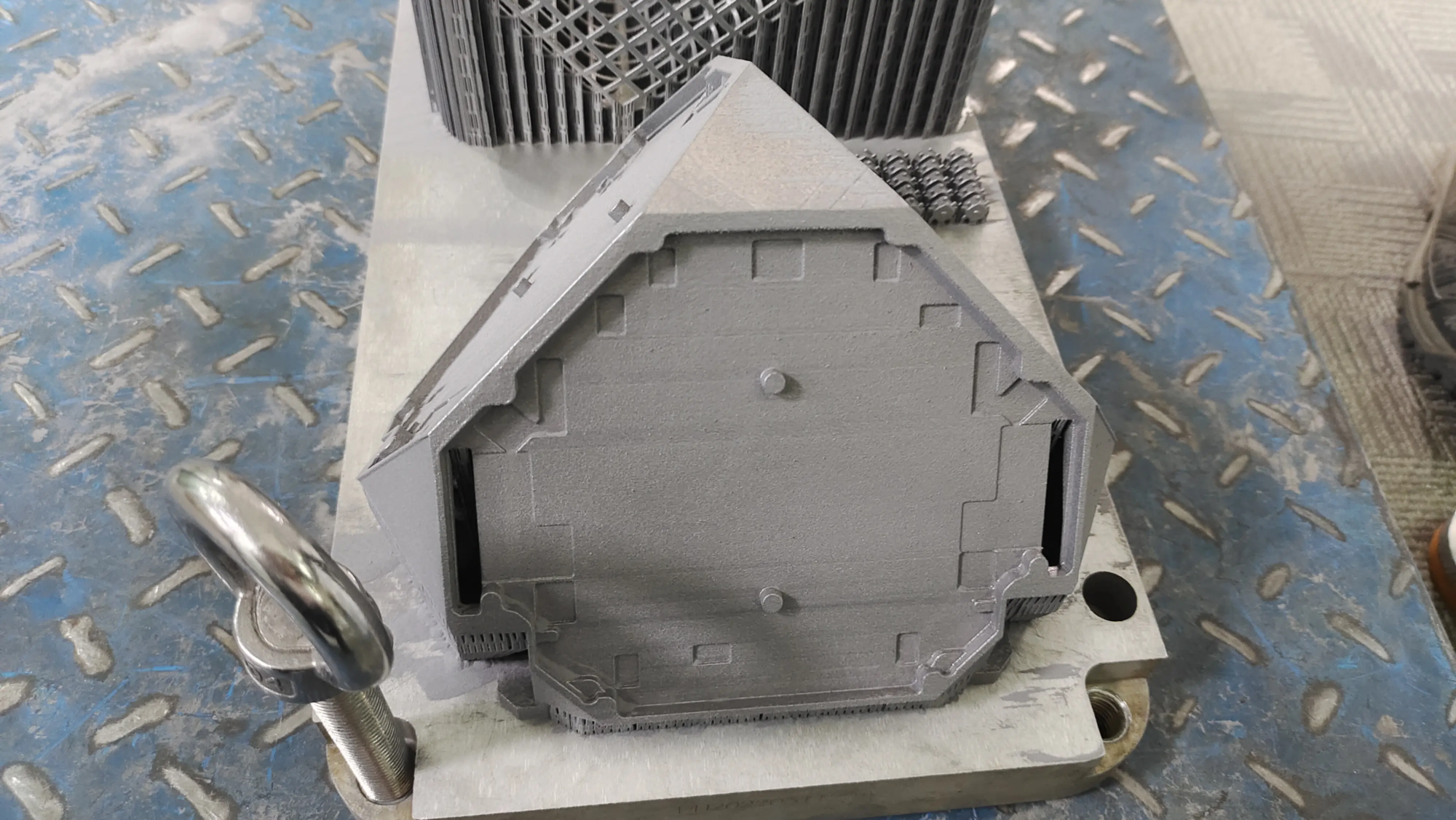Can the combination of low-carbon mortar and 3D printing technology really push the construction industry in a green and environmentally friendly direction?
On December 3, 2024, according to the resource library, in Thailand, the 3D printing modular construction project led by SCG Cement Group entered the market.Development of phase II.Central to the project is the use of low carbon mortar, a specially formulated concrete that significantly reduces carbon emissions associated with traditional concrete production. By incorporating alternative materials and waste materials into the formulation, SCG has successfully developed a low carbon mortar that captures and stores carbon dioxide. Mortar not only reduces waste but also converts it into valuable resources, thereby reducing dependence on traditional cement and opening a new path towards sustainability for the construction industry. This 58The one-square-meter building is made up of six prefabricated modules, each carefully designed according to its specific function and size, reflecting the enormous potential of 3D printing technology in architectural design. In particular, the curved wall design not only breaks the limitations of traditional architecture, but also shows the endless modeling possibilities of 3D printing.The weight of each module is controlled in10In just a few tonnes, it ensures the convenience of transportation and on-site assembly, while maximizing construction efficiency. The project’s building structure uses a steel frame, ensuring stability and durability. The modules are precisely connected by a dry joint system to form a moment-resistant frame, which not only guarantees the durability of the building, but also improves its safety. In terms of structural analysis, Autodesk Robot software and finite element analysis (FEA) technology are used to ensure the safety and stability of the building at all stages – from lifting, transportation to construction, up to at final use, the structure is still in the best conditions. condition. During the construction process, the project is divided into three stages: site preparation, factory production and on-site installation. The room is ready at 10 a.m.Completed within days and synchronized with module production. The production process for the six modules took 33 days and included 3D printing of the walls, steel structures and finishing.Once the module was completed, it took only 5.5 hours to install it on site after transporting 150 kilometers, and the final finishing was completed in 7 days. The total construction time is 41 days, which is reduced by almost half compared to traditional construction methods. SCGCement Co., Ltd. hopes to promote the widespread adoption of 3D printing technology in the industry through this project, particularly in the application of low-carbon building materials.Combining 3D printing technology with low-carbon materials provides an effective pathway to meeting global carbon emissions reduction targets. | 




